It looks like you're using an Ad Blocker.
Please white-list or disable AboveTopSecret.com in your ad-blocking tool.
Thank you.
Some features of ATS will be disabled while you continue to use an ad-blocker.
share:
Some pics of life in the Green Sahara


Prehistoric rock art paintings - description: Prehistoric rock art paintings, Akakus (Acacus) National Park, Sahara Desert.
www.posterlounge.co.uk...
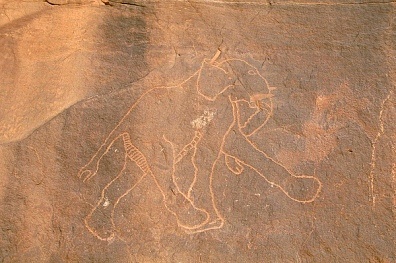
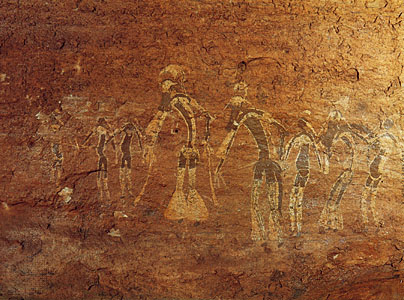
Rock painting of a dance performance, Tassili-n-Ajjer, Alg., attributed to the Saharan period of Neolithic hunters (c. 6000–4000 bc). Credit: Jean-Dominique Lajoux
www.britannica.com...
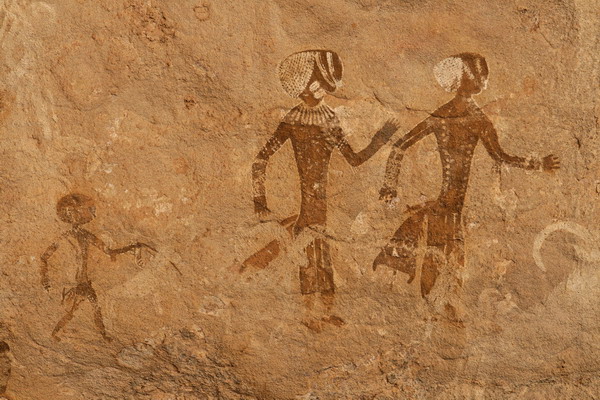
Located in a strange lunar landscape of great geological interest, this site has one of the most important groupings of prehistoric cave art in the world. More than 15000 drawings and engravings record the climatic changes, the animal migration and the evolution of human life on the edge of the Sahara from 6000 BC to the first centuries of the present era. The geological formations are of outstanding scenic interest, with eroded sandstones forming 'forests of rock'
www.desertconvoy.9f.com...
www.desertconvoy.9f.com...
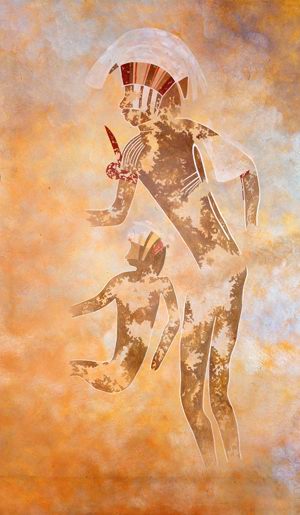
Tasslil-n-Ajjer
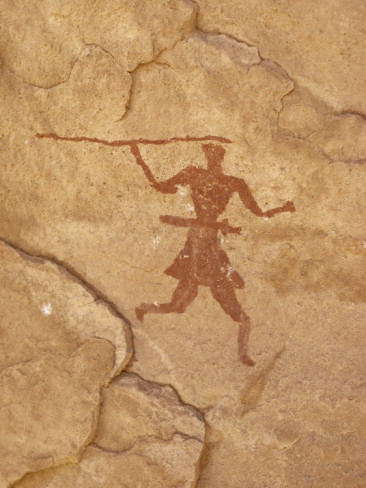
The warrior
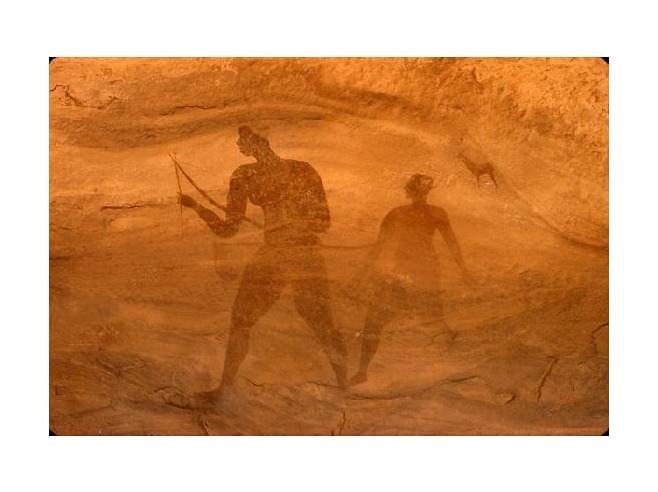
The Bow man

Rock Painting, Tassili n Ajjer, Algeria (Neolithic Agricultural Site)
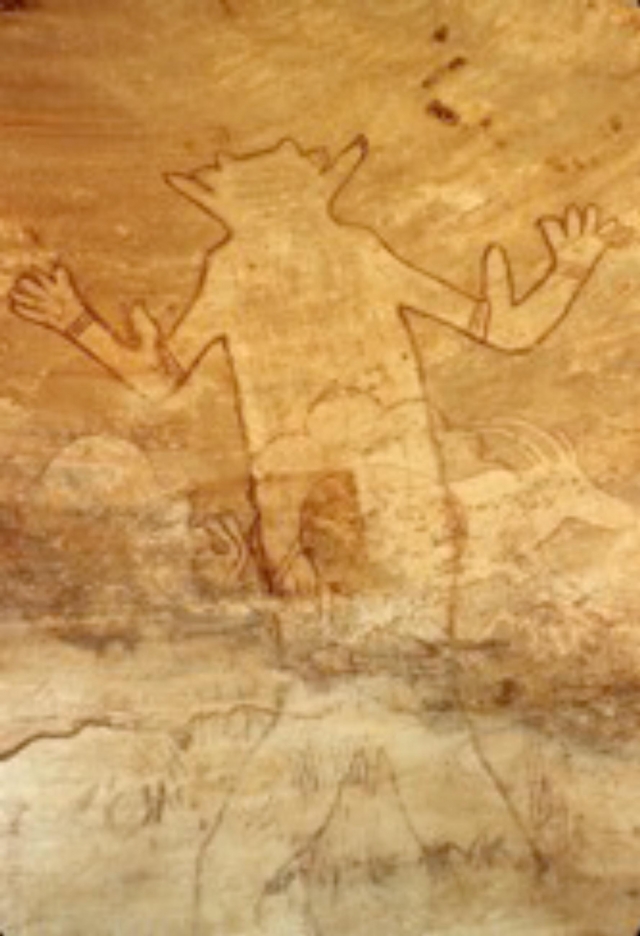
WT??????
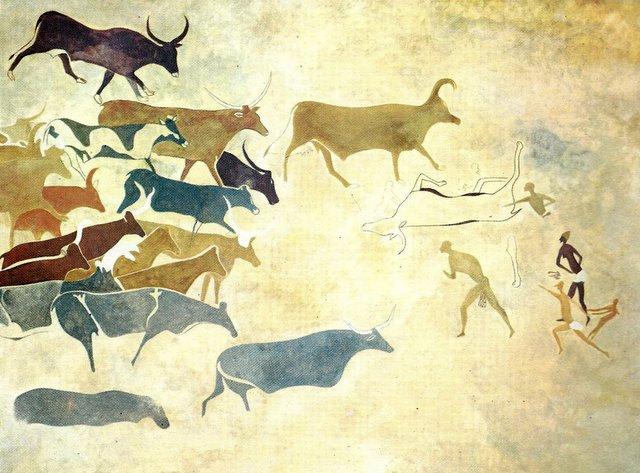
Cave Painting fridge magnet fresco Jabbarren Sahara desert cattle cow ox Aurochs
www.etsy.com...
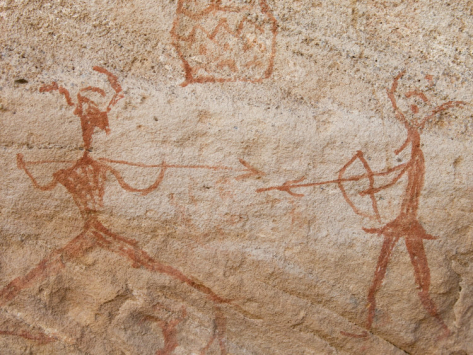
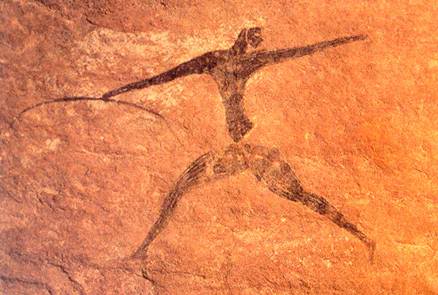
AKAKUS, SAHARA DESERT
The Combatants
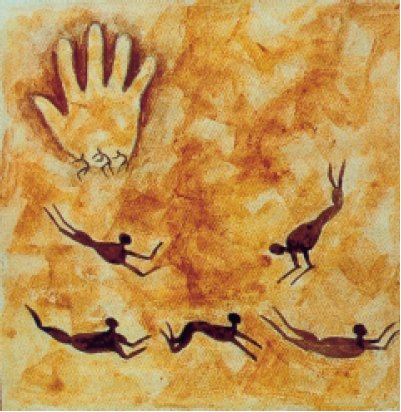
Cave of the Swimmers Libya
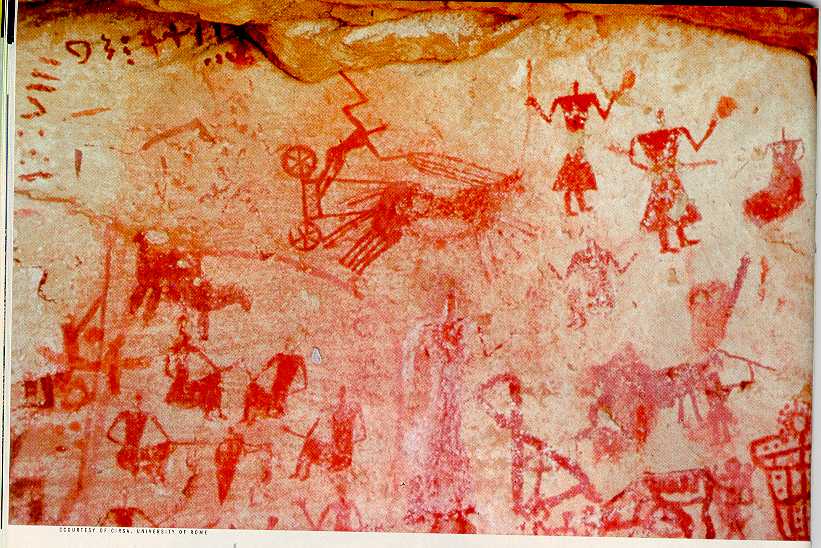
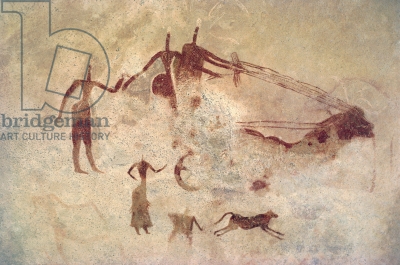
The Chariotteer perhaps of the famed Garamante or Nigratai who raided the coast from chariots perhaps the horse and chariots were introduced in the Sahara when the Hyksos invaded Kemet in any case the Greeks claimed they learned to hitch four horses to a chariot called quadriga from the Libyans
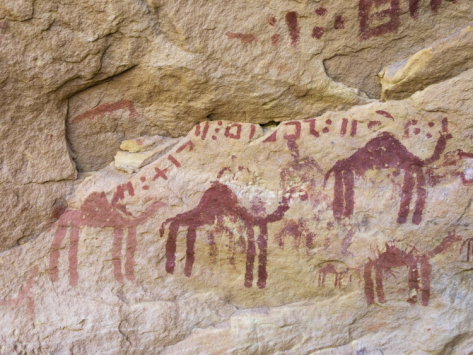
Perhaps post Green phase notice the script
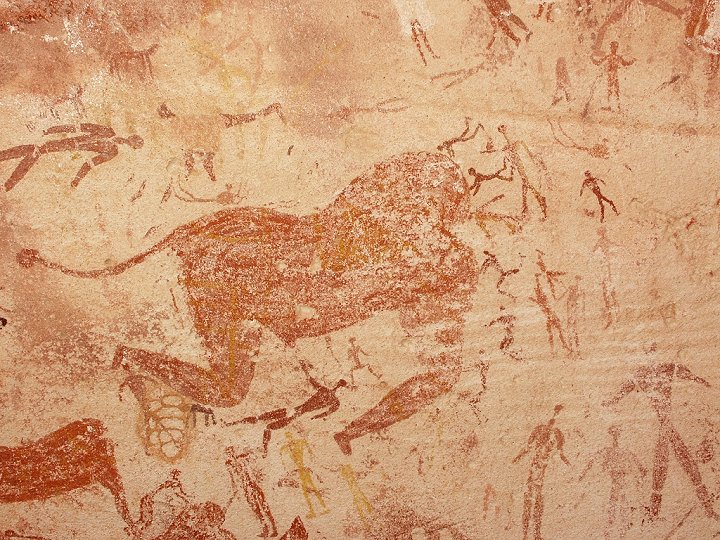
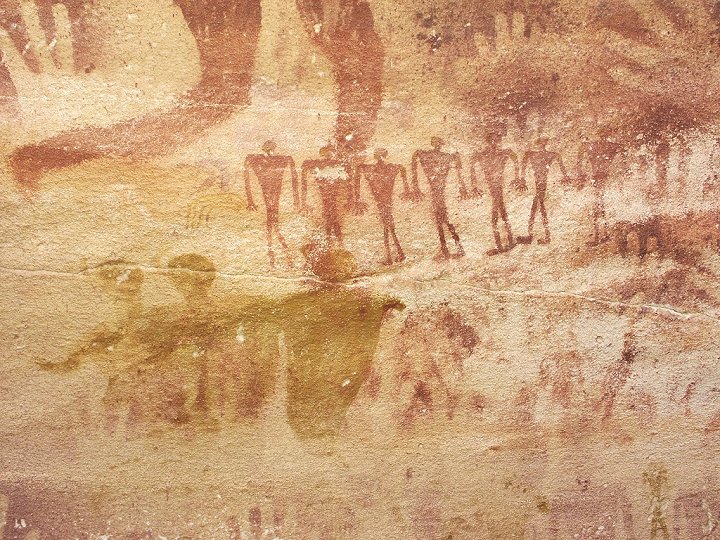
I think this could be a very early form of Ammut the devourer" or soul-eater
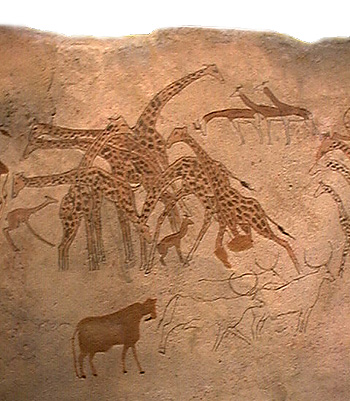
To enjoy a scene like this today one would have to go to kenya or southern Africa To make things right


Prehistoric rock art paintings - description: Prehistoric rock art paintings, Akakus (Acacus) National Park, Sahara Desert.
www.posterlounge.co.uk...


Rock painting of a dance performance, Tassili-n-Ajjer, Alg., attributed to the Saharan period of Neolithic hunters (c. 6000–4000 bc). Credit: Jean-Dominique Lajoux
www.britannica.com...

Located in a strange lunar landscape of great geological interest, this site has one of the most important groupings of prehistoric cave art in the world. More than 15000 drawings and engravings record the climatic changes, the animal migration and the evolution of human life on the edge of the Sahara from 6000 BC to the first centuries of the present era. The geological formations are of outstanding scenic interest, with eroded sandstones forming 'forests of rock'
www.desertconvoy.9f.com...
www.desertconvoy.9f.com...

Tasslil-n-Ajjer

The warrior

The Bow man

Rock Painting, Tassili n Ajjer, Algeria (Neolithic Agricultural Site)

WT??????

Cave Painting fridge magnet fresco Jabbarren Sahara desert cattle cow ox Aurochs
www.etsy.com...


AKAKUS, SAHARA DESERT
The Combatants

Cave of the Swimmers Libya


The Chariotteer perhaps of the famed Garamante or Nigratai who raided the coast from chariots perhaps the horse and chariots were introduced in the Sahara when the Hyksos invaded Kemet in any case the Greeks claimed they learned to hitch four horses to a chariot called quadriga from the Libyans

Perhaps post Green phase notice the script


CAIRO (Reuters) - Archaeologists are studying prehistoric rock drawings discovered in a remote cave in 2002, including dancing figures and strange headless beasts, as they seek new clues about the rise of Egyptian civilisation. -snip- After 3-4,000 years of savanna life environment in the Sahara, the desert returned and people were forced to move eastwards to the Nile Valley, contributing to the foundation of Egyptian civilisation, and southwards to the African continent," said Dr. Rudolph Kuper, an expert at Germany's Heinrich Barth Institute. The mass exodus corresponds with the rise of sedentary life along the Nile that later blossomed into pharaonic civilisation that dominated the region for thousands of years and whose art, architecture and government helped shape Western culture. -snip- Kuper and his team are recording the geological, botanic and archaeological evidence around the cave, including stone tools and pottery, and will compare it to other sites in the Eastern Sahara region, adding new pieces to a prehistoric puzzle. View of a wall as seen in Gilf al-Kebir some 550 miles (900 km) southwest of Cairo, near Egypt's south-west border.
egyptsearchreloaded.proboards.com...
I think this could be a very early form of Ammut the devourer" or soul-eater

To enjoy a scene like this today one would have to go to kenya or southern Africa To make things right
edit on 17-6-2013 by Spider879
because: To make things right
new topics
-
President BIDEN's FBI Raided Donald Trump's Florida Home for OBAMA-NORTH KOREA Documents.
Political Conspiracies: 32 minutes ago -
Maestro Benedetto
Literature: 2 hours ago -
Is AI Better Than the Hollywood Elite?
Movies: 2 hours ago -
Las Vegas UFO Spotting Teen Traumatized by Demon Creature in Backyard
Aliens and UFOs: 5 hours ago -
2024 Pigeon Forge Rod Run - On the Strip (Video made for you)
Automotive Discussion: 6 hours ago -
Gaza Terrorists Attack US Humanitarian Pier During Construction
Middle East Issues: 6 hours ago -
The functionality of boldening and italics is clunky and no post char limit warning?
ATS Freshman's Forum: 8 hours ago -
Meadows, Giuliani Among 11 Indicted in Arizona in Latest 2020 Election Subversion Case
Mainstream News: 8 hours ago -
Massachusetts Drag Queen Leads Young Kids in Free Palestine Chant
Social Issues and Civil Unrest: 8 hours ago -
Weinstein's conviction overturned
Mainstream News: 10 hours ago
